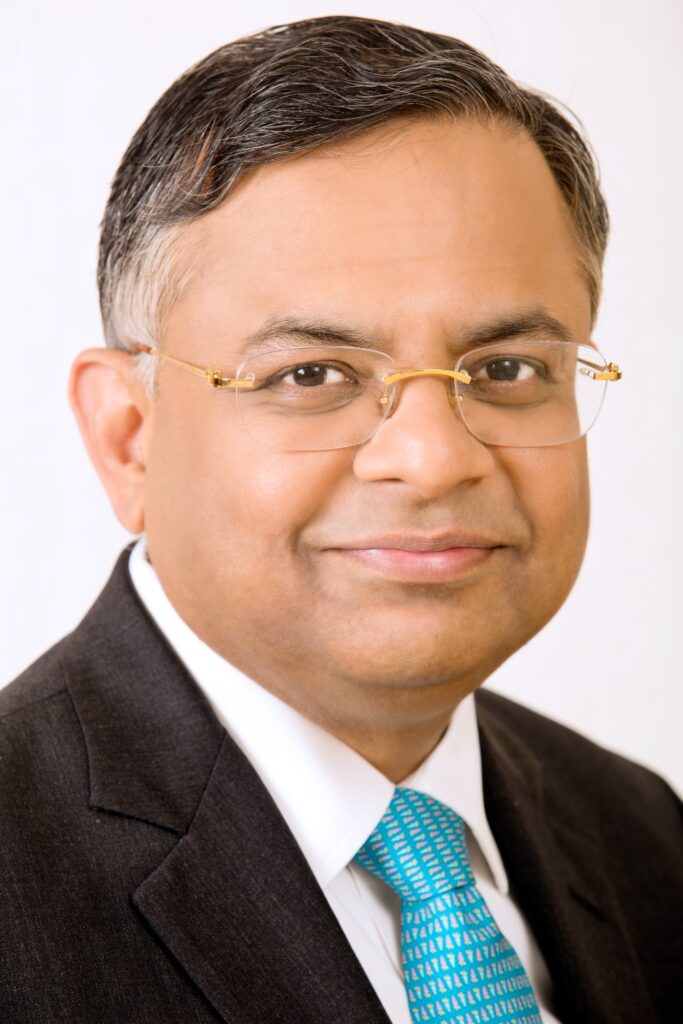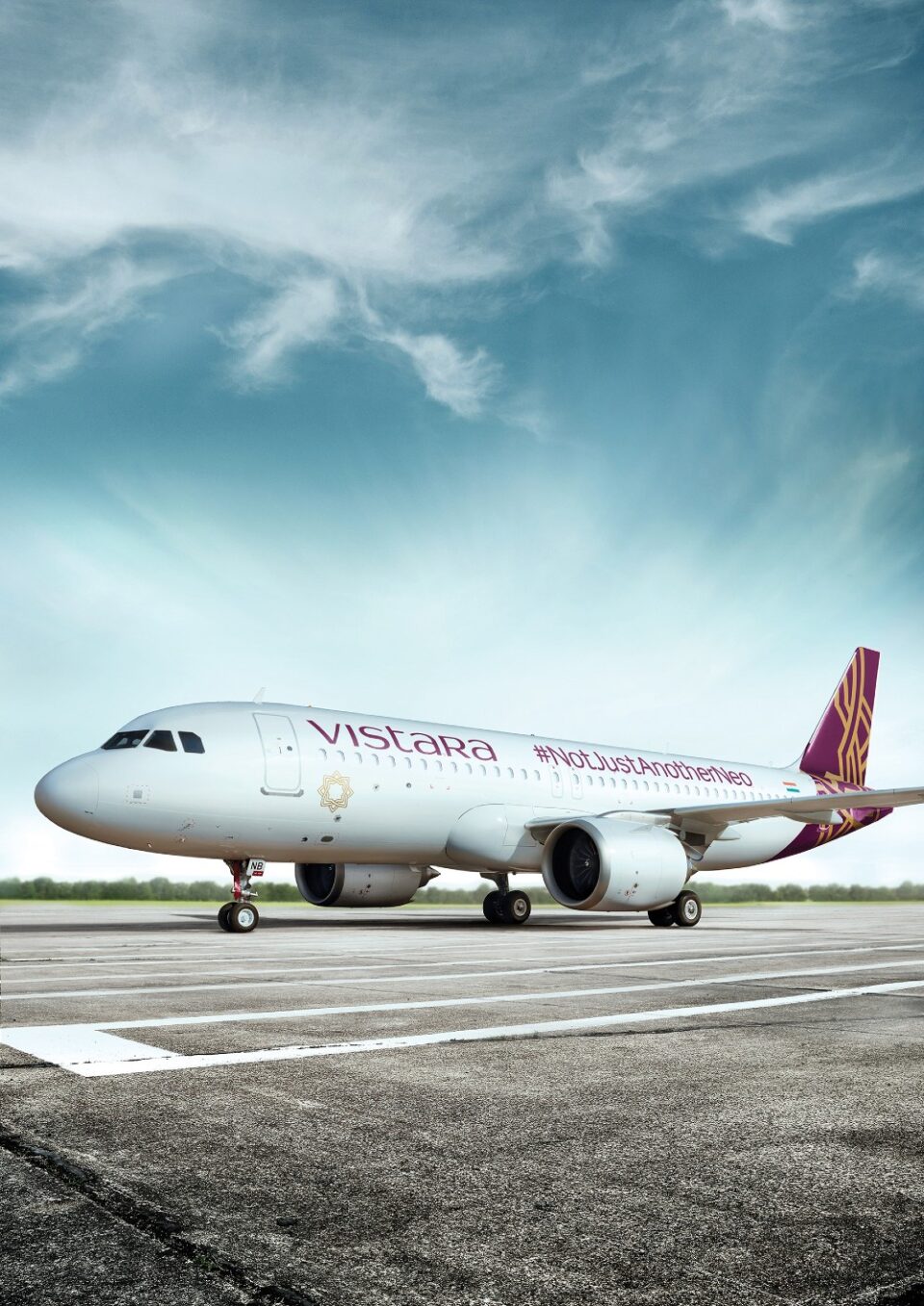The competitive Indian aviation sector is moving ahead on a consolidation path with Singapore Airlines (SIA) and Tata Sons (Tata) agreeing to merge Air India and Vistara.
SIA will also invest INR 20,585 million (S$360 million, US$250 million) in Air India as part of the transaction. The merger is expected to shake up the fast-growing aviation sector market in India. As per industry insiders, the aviation sector of the country has been overdue for consolidation. The merged entity of Air India group with an estimated value of $4.4bn will be catapulted to become India’s second-biggest airline after IndiGo.
With a market share of more than half in the domestic Indian aviation market, IndiGo is expected to face stiff competition post-Air India and Vistara merger. “The competitive dynamics in India are moving towards a two-pillar system around the Air India Group and IndiGo,” wrote CAPA India, an aviation advisory.
Tata Sons, via its fully owned subsidiary, Talace Private Limited (“Talace)”, acquired a 100 per cent stake in Air India on January 27, 2022. Vistara, a 51:49 Joint Venture between Tata and SIA was established in 2013 and is one of India’s leading full-service carriers with international operations in the Middle East, Asia and Europe.
India’s international aviation scenario, which is at present dominated by players like Emirates and Lufthansa is also likely to face a tough time post the merger of the two airlines.
The story began back in 2000 when Indian conglomerate Tata, which owns 51 per cent of Vistara, joined forces with Singapore Airlines in a bid to buy part of Air India.
For Singapore Airlines, India, with the fastest-growing air travel market of any large economy, is one of the most strategically important countries, alongside China, Indonesia and Australia.
Singapore also has close economic and cultural ties with India and huge passenger traffic flowing both ways. The deal is another attempt by Singapore Airlines, which is majority owned by Singaporean wealth fund Temasek, to make a successful overseas investment after a number of setbacks.
Ten years ago, it took a painful loss when it sold its Virgin Atlantic stake to Delta Air Lines for $360mn, having bought it for $963mn in 1999.
And in 2020, Virgin Australia, in which Singapore Airlines had a 20 per cent stake, went into administration owing to the coronavirus pandemic. Vistara, which started operations in 2015, was unprofitable even before Covid-19.
“This time is a bit different because it is not a new overseas investment,” Brendan Sobie, an independent aviation analyst based in Singapore told Financial Times.
“[Singapore Airlines] is converting its Vistara stake into a new entity with potentially a better chance down the track.”
He added: “They may be better off with a smaller share of something bigger rather than a larger share of a smaller airline.” The consolidated group will have 218 aircraft.
Founded by family patriarch JRD Tata in 1932, India’s government nationalised the glamorous international carrier in 1953. But when Tata finally reclaimed the lossmaking airline in a $2.4bn deal last year, it faced a tough turnaround job: Air India’s glittering reputation had been worn threadbare by traveller complaints over surly service, delayed take-offs and ageing seats.
The merger would give SIA a 25.1% stake in an enlarged Air India group with a significant presence in all key market segments. SIA and Tata aim to complete the merger by March 2024, subject to regulatory approvals. SIA intends to fully fund this investment with its internal cash resources, which stood at S$17.5 billion as of 30 September 2022.
SIA and Tata have also agreed to participate in additional capital injections, if required, to fund the growth and operations of the enlarged Air India in FY2022/23 and FY2023/24. Based on SIA’s 25.1% stake post-completion, its share of any additional capital injection could be up to INR 50,200 million (S$880 million, US$615 million), payable only after the completion of the merger.
The actual amount will depend on factors including the progress of the enlarged Air India’s business plan, and its access to other funding options. SIA intends to fully fund any additional capital injections with its internal cash resources.
Through this transaction, SIA will reinforce its partnership with Tata and immediately acquire a strategic stake in an entity that is four to five times larger in scale compared to Vistara. The merger would bolster SIA’s presence in India, strengthen its multi-hub strategy, and allow it to continue participating directly in a large and fast-growing aviation market.
Goh Choon Phong, Chief Executive Officer, Singapore Airlines said, “Tata Sons is one of the most established and respected names in India. Our collaboration to set up Vistara in 2013 resulted in a market-leading full-service carrier, which has won many global accolades in a short time.

“With this merger, we have an opportunity to deepen our relationship with Tata and participate directly in an exciting new growth phase in India’s aviation market. We will work together to support Air India’s transformation programme, unlock its significant potential, and restore it to its position as a leading airline on the global stage.”
Natarajan Chandrasekaran, Chairman, Tata Sons said, “The merger of Vistara and Air India is an important milestone in our journey to make Air India a truly world-class airline. We are transforming Air India, with the aim of providing a great customer experience, every time, for every customer. As part of the transformation, Air India is focusing on growing both its network and fleet, revamping its customer proposition, enhancing safety, reliability, and on-time performance.

“We are excited about the opportunity of creating a strong Air India which would offer both full-service and low-cost services across domestic and international routes. We would like to thank Singapore Airlines for their continued partnership.”
India is the fastest-growing global economy and is projected to become the third-largest in the world by 2027. It is also the world’s third-largest aviation market. Demand for air travel is surging with passenger traffic expected to more than double over the next 10 years, supported by rising income levels and ongoing investments in its aviation infrastructure. However, India also remains underserved with low international seats per capita, signifying significant growth potential.
Following its acquisition by Tata in January 2022, Air India unveiled a wide-ranging transformation programme to strengthen its foundations and revamp its operations, setting it on the road to recovery and positioning it for growth.
The combination of Air India and Vistara would bring significant synergies. Air India has valuable slots and air traffic rights at domestic and international airports that are not available to Vistara. With Vistara widely recognised as India’s leading full-service carrier, Air India will benefit from its operational capabilities, customer base, and strong focus on customer service and product excellence.
Today, Air India (including Air India Express and AirAsia India) and Vistara have a total of 218 widebody and narrowbody aircraft, serving 38 international and 52 domestic destinations. With the integration, Air India will be the only Indian airline group to operate both full-service and low-cost passenger services. It can optimise its route network and resource utilisation, be flexible and agile in capturing demand across market segments, and tap into a larger consumer base to strengthen its loyalty programme.
This would reinforce its position as India’s largest international carrier and second largest domestic carrier, allow it to offer more options and connectivity for business and leisure customers, and enable it to compete as a leading global airline.
But both airlines are unprofitable. In a reminder of the challenge ahead, Singapore Airlines calculates the enlarged Air India group’s net loss on a pro forma basis at S$2.4bn ($1.8bn) for the 2021-22 financial year.
Singapore Airlines said it expected to make further cash injections of up to $615mn after the merger, which is subject to approval by competition regulators and due for completion by March 2024.
However, the airline’s confidence in its investment has been helped by the appointment of Campbell Wilson, founder of Singapore Airlines’ budget subsidiary Scoot, to lead Air India. A person familiar with Singapore Airlines’ thinking told the Financial Times the airline was more comfortable with the deal since he took the reins.
“They are confident in Campbell, who is straightforward and good at identifying and tackling issues,” the person said of the New Zealand-born executive. “He doesn’t beat around the bush.”

